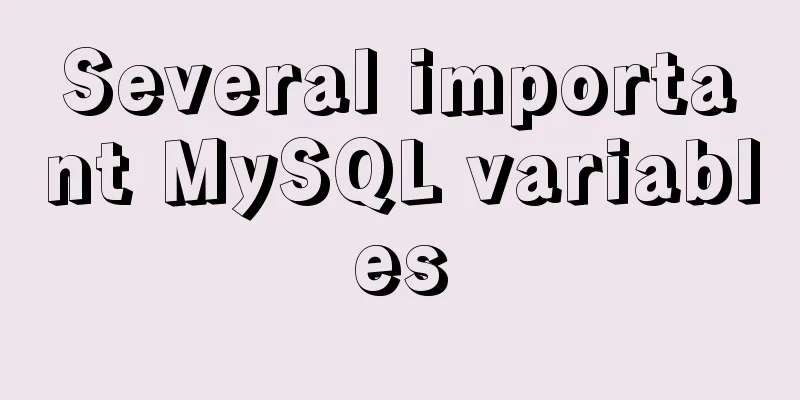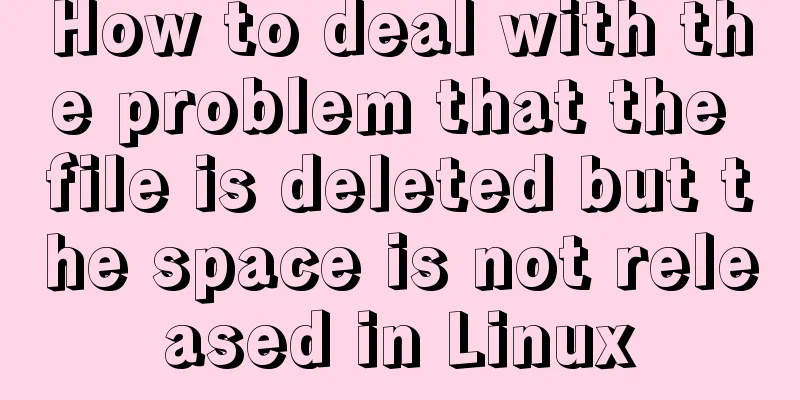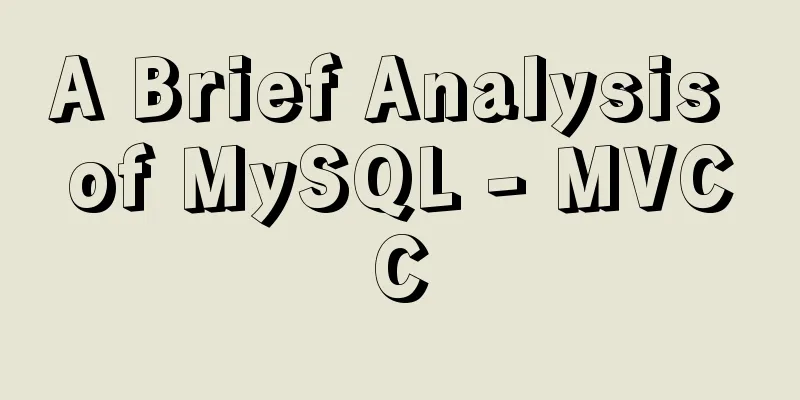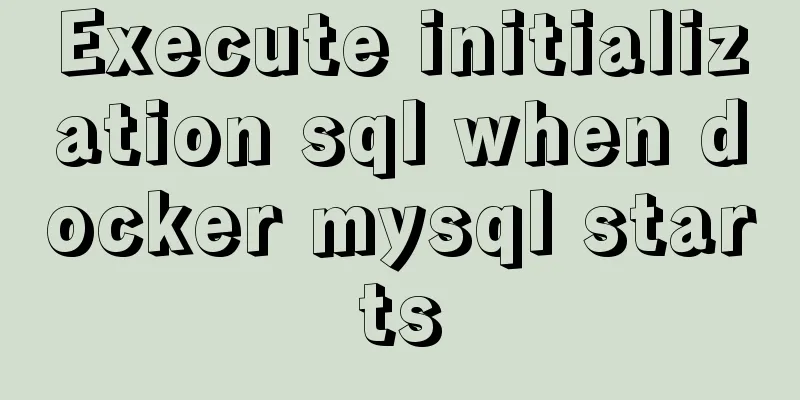Detailed Tutorial on Installing VirtualBox 6.0 on CentOS 8 / RHEL 8

|
VirtualBox is a free and open source virtualization tool that allows technicians to run multiple virtual machines (VMs) of different flavors simultaneously. It is commonly used to run desktops (Linux and Windows) and comes in handy when one is trying to explore the features of a new Linux distribution or wants to install software like OpenStack, Ansible, and Puppet in a VM, in which case we can launch a VM using VirtualBox. VirtualBox is classified as a Type 2 hypervisor, which means it requires an existing operating system on which to install the VirtualBox software. VirtualBox provides the ability to create either a local network or a NAT network. In this article, we will demonstrate how to install the latest version of VirtualBox 6.0 on CentOS 8 and RHEL 8 systems and show you how to install VirtualBox extensions. Installation steps for VirtualBox 6.0 on CentOS 8 / RHEL 8 Step 1: Enable VirtualBox and EPEL repository Log in to your CentOS 8 or RHEL 8 system and open the terminal. Execute the following commands and enable VirtualBox and EPEL package repositories: [root@linuxtechi ~]# dnf config-manager --add-repo=https://download.virtualbox.org/virtualbox/rpm/el/virtualbox.repo Import the Oracle VirtualBox public key using the following rpm command: [root@linuxtechi ~]# rpm --import https://www.virtualbox.org/download/oracle_vbox.asc Enable the EPEL repository using the following dnf command: [root@linuxtechi ~]# dnf install https://dl.fedoraproject.org/pub/epel/epel-release-latest-8.noarch.rpm -y Step 2: Install VirtualBox build tools and dependencies Run the following command to install all VirtualBox build tools and dependencies: [root@linuxtechi ~]# dnf install binutils kernel-devel kernel-headers libgomp make patch gcc glibc-headers glibc-devel dkms -y After successfully installing the above dependencies and build tools, proceed with installing VirtualBox using the dnf command. Step 3: Install VirtualBox 6.0 on CentOS 8 / RHEL 8 If you wish to list the available versions of VirtualBox before installing it, execute the following dnf command: [root@linuxtechi ~]# dnf search virtualbox Last metadata expiration check: 0:14:36 ago on Sun 17 Nov 2019 04:13:16 AM GMT. ================ Summary & Name Matched: virtualbox ===================== VirtualBox-5.2.x86_64 : Oracle VM VirtualBox VirtualBox-6.0.x86_64 : Oracle VM VirtualBox [root@linuxtechi ~]# Let’s install the latest version of VirtualBox 6.0 using the following dnf command: [root@linuxtechi ~]# dnf install VirtualBox-6.0 -y If any local user wants to connect the usb device to VirtualBox VM, then he/she should be a member of vboxusers group, use the usermod command below to add the local user to vboxusers group. [root@linuxtechi ~]# usermod -aG vboxusers pkumar Step 4: Access VirtualBox on CentOS 8 / RHEL 8 There are two ways to access VirtualBox. Type virtualbox in the command line and press Enter: [root@linuxtechi ~]# virtualbox In the desktop environment, search for "VirtualBox" in the search box.
Click on the VirtualBox icon:
This confirms that VirtualBox 6.0 has been successfully installed, let’s install its extension pack. Step 5: Install VirtualBox 6.0 Extension Pack As the name suggests, VirtualBox extension packs are used to extend the functionality of VirtualBox. It adds the following features:
Download the Virtualbox extension pack to the Downloads folder using the following wget command: [root@linuxtechi ~]$ cd Downloads/ [root@linuxtechi Downloads]$ wget https://download.virtualbox.org/virtualbox/6.0.14/Oracle_VM_VirtualBox_Extension_Pack-6.0.14.vbox-extpack After downloading, open VirtualBox and click "File -> Preferences -> Extension", then click the "+" icon to add the downloaded extension pack:
Click "Install" to start installing the extension package:
Click I Agree to accept the VirtualBox Extension Pack License. After successfully installing VirtualBox extension pack, we will see the following page, click "OK" and start using VirtualBox.
Summarize The above is a detailed tutorial on how to install VirtualBox 6.0 on CentOS 8 / RHEL 8. I hope it will be helpful to you. If you have any questions, please leave me a message and I will reply to you in time. I would also like to thank everyone for their support of the 123WORDPRESS.COM website! If you find this article helpful, please feel free to reprint it and please indicate the source. Thank you! You may also be interested in:
|
<<: MySQL 8.0.16 winx64 installation and configuration method graphic tutorial
>>: Specific use of Bootstrap5 breakpoints and containers
Recommend
In-depth analysis of the diff algorithm in React
Understanding of diff algorithm in React diff alg...
Specific use of Docker anonymous mount and named mount
Table of contents Data volume Anonymous and named...
Implementation of two-way binding of parent-child component data in front-end framework Vue
Table of contents 1. One-way value transfer betwe...
MySQL index failure principle
Table of contents 1. Reasons for index failure 2....
The concept and characteristics of MySQL custom variables
A MySQL custom value is a temporary container for...
Mysql sorting to get ranking example code
The code looks like this: SELECT @i:=@i+1 rowNum,...
Summary of MySQL 8.0 Online DDL Quick Column Addition
Table of contents Problem Description Historical ...
Vue.js performance optimization N tips (worth collecting)
Table of contents Functionalcomponents Childcompo...
Examples of some usage tips for META tags in HTML
HTML meta tag HTML meta tags can be used to provi...
Detailed explanation of the buffer pool in MySQL
Everyone knows that data in MySQL needs to be wri...
Summary of several submission methods of HTML forms
The most common, most commonly used and most gener...
A brief discussion on the definition and precautions of H tags
Judging from the results, there is no fixed patte...
Implementation code of the floating layer fixed on the right side of the web page
Copy code The code is as follows: <!DOCTYPE ht...
15 JavaScript functions worth collecting
Table of contents 1. Reverse the numbers 2. Get t...
Example of how rem is adapted for mobile devices
Preface Review and summary of mobile terminal rem...














